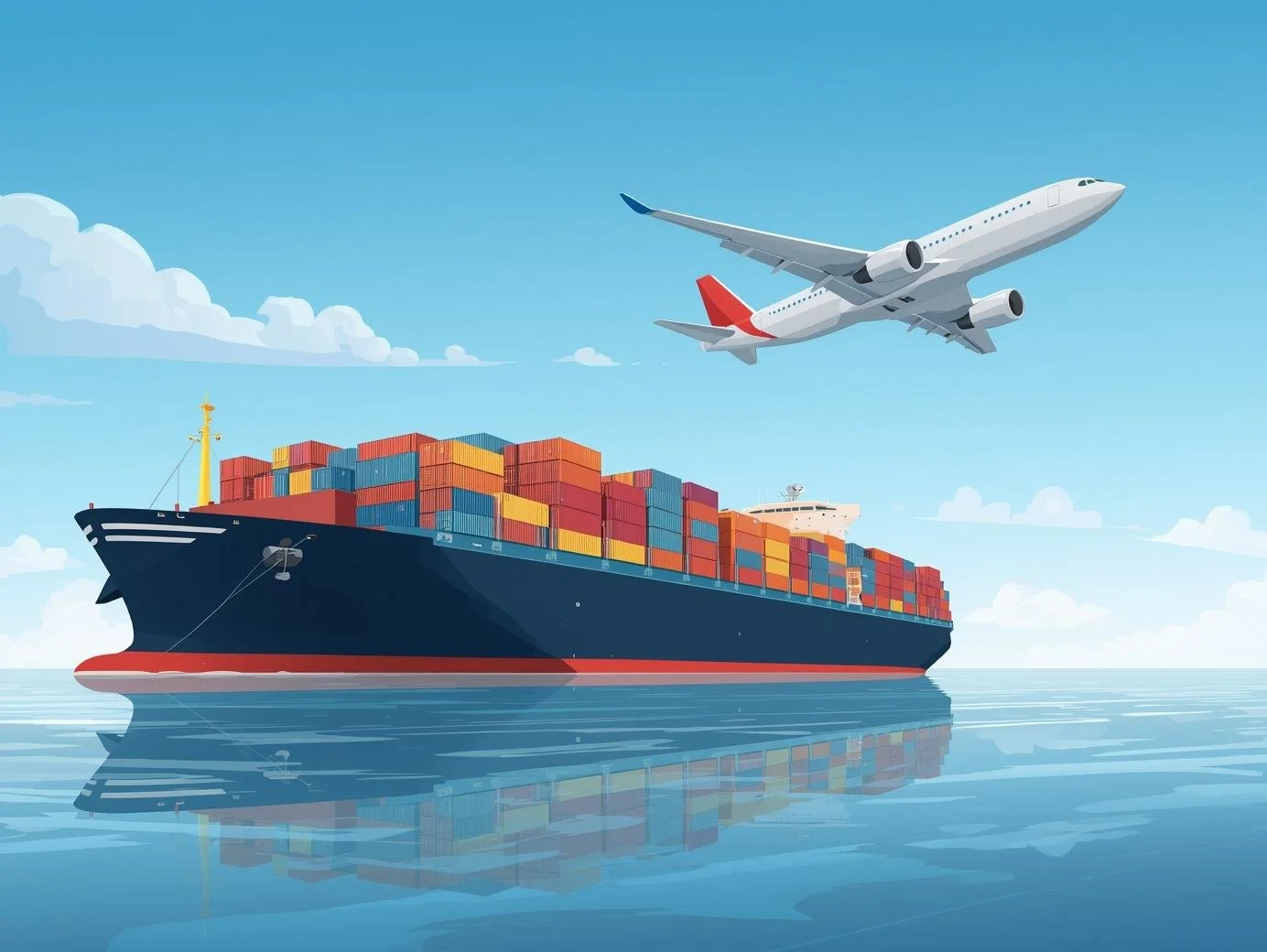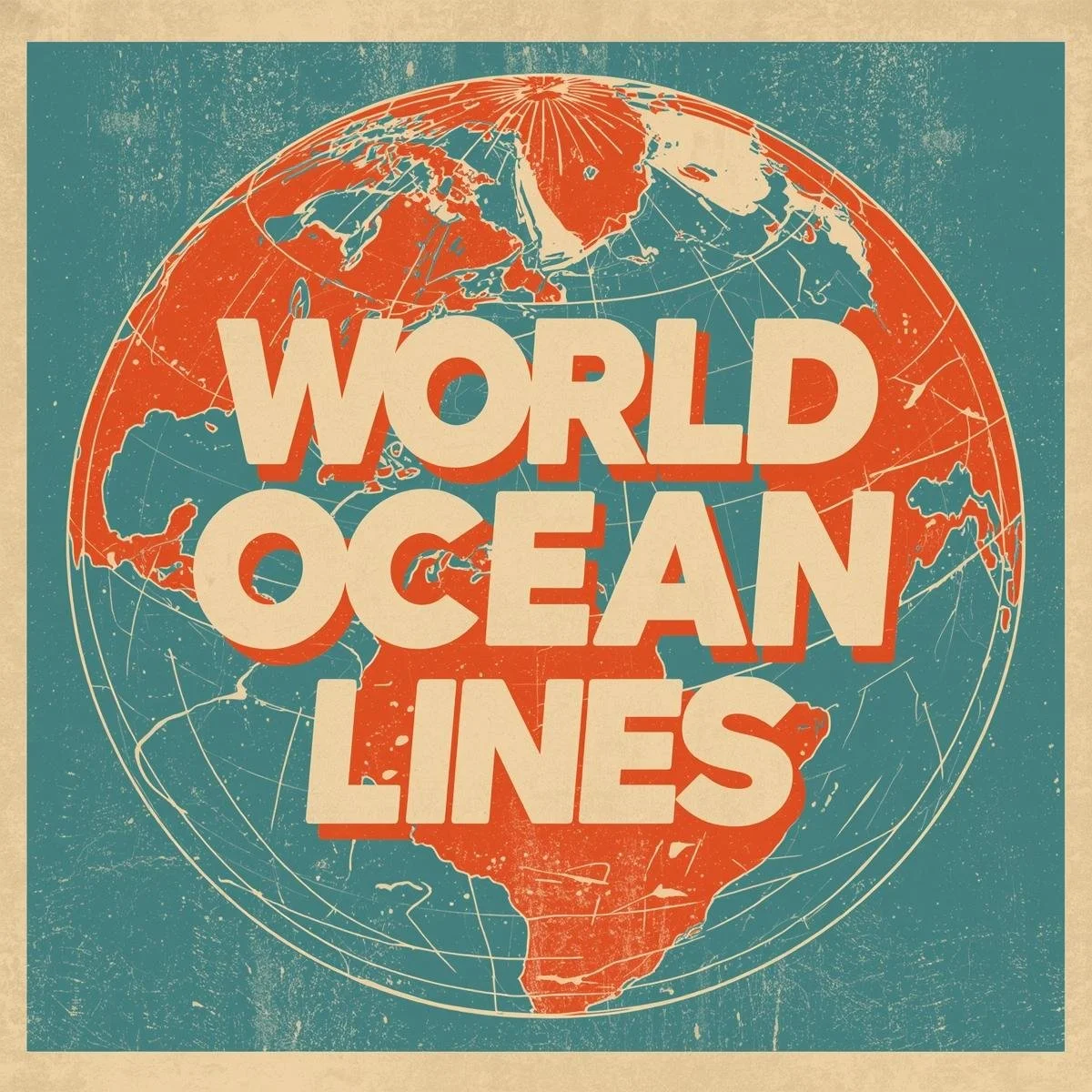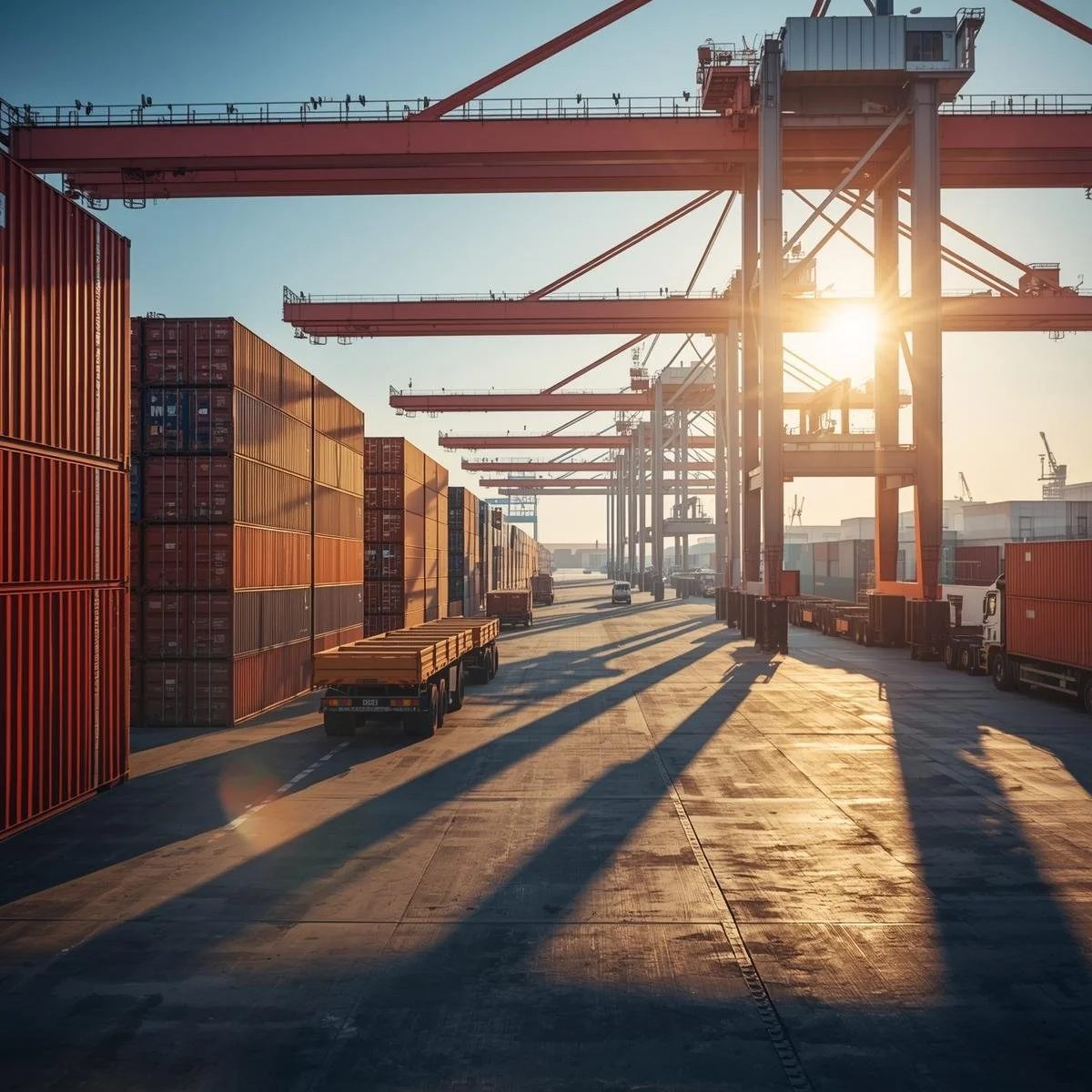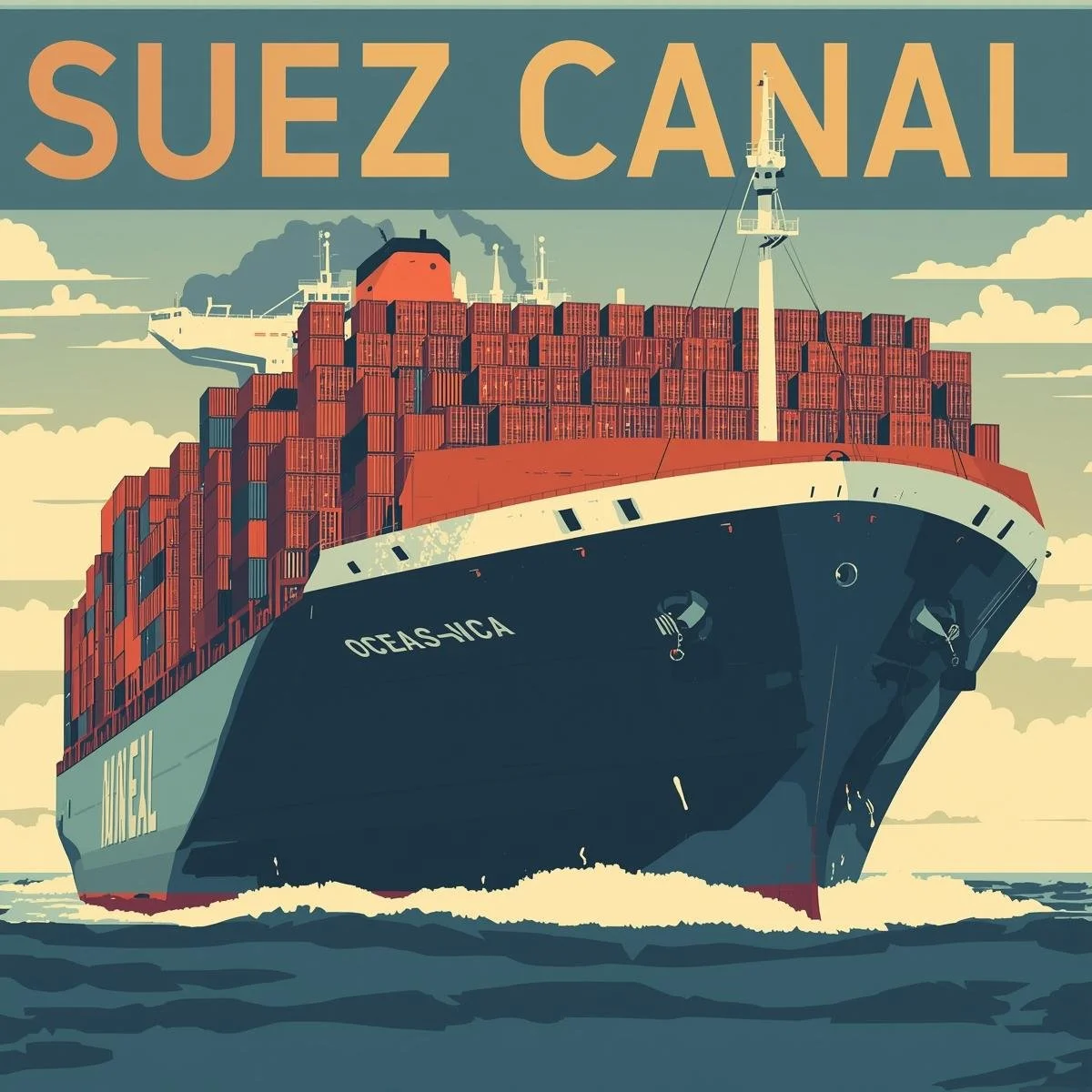The Beginner's Guide to Importing: Shipping Methods, Customs, Risks & Everything You Need to Know
Thinking about importing products for your business but feeling overwhelmed by all the logistics? You're not alone. Whether you're sourcing inventory for your eCommerce store or looking to cut costs on existing products, importing can be a game-changer: but only if you know how to navigate the process.
The good news? It's way more straightforward than most people think. Let's break down everything you need to know, from choosing the right shipping method to clearing customs without a headache.
What Exactly Is Importing?
At its core, importing is simply buying products from another country and bringing them into yours for resale or use. Sounds simple, right? The complexity comes from the various regulations, shipping options, customs procedures, and documentation requirements that vary by country and product type.
But here's the thing: millions of businesses do this successfully every day. Once you understand the basics, it becomes just another part of running your business.
The Three Main Ways to Ship Internationally
When it comes to getting your products from Point A to Point B across international borders, you've got three main options. Each has its sweet spot depending on what you're shipping, how much you're willing to spend, and how fast you need it.
Ocean Freight: The Workhorse of International Trade
Ocean freight is the backbone of global trade, handling about 90% of international cargo. It's perfect when you're not in a rush and want to keep costs down.
Full Container Load (FCL): You rent an entire container (usually 20-foot or 40-foot) exclusively for your goods. Think of it like renting a moving truck: you get the whole thing, whether you fill it completely or not.
Less than Container Load (LCL): Your goods share space with other shipments in the same container. It's like carpooling, but for cargo.
Ocean freight typically takes 15-45 days depending on the route, but costs are hard to beat for larger shipments. A full container from Asia to the US West Coast might run $2,000-$8,000, depending on current market conditions.
Air Freight: When Speed Matters
Air freight is your go-to when you need products fast or you're shipping smaller, high-value items. We're talking 3-7 days for most international routes, but you'll pay for that speed.
Air freight costs are typically calculated by either actual weight or "volumetric weight" (whichever is higher), running anywhere from $3-$8 per kilogram depending on the route and current fuel costs.
Express/Courier Services: The Premium Option
Services like DHL, FedEx, and UPS offer door-to-door express shipping with full tracking and customer service. This is the most expensive option but also the most convenient: they handle customs clearance, tracking, and delivery all in one package.
Perfect for samples, urgent shipments, or when you want the peace of mind that comes with a premium service.
Shipping Methods Comparison
The Step-by-Step Import Process
Let's walk through what actually happens when you import something, from placing your order to receiving it at your warehouse.
1. Research and Planning
Before you order anything, you need to understand what you're getting into. Research import regulations for your product category, calculate total landed costs (more on this below), and choose your suppliers carefully.
2. Place Your Order and Arrange Shipping
Work with your supplier to determine Incoterms (who pays for what), arrange shipping through a freight forwarder or directly with carriers, and prepare all necessary documentation.
3. Export Processing at Origin
Your goods are picked up, consolidated with other shipments (if applicable), go through export customs in the origin country, and are loaded onto ships or planes.
4. International Transit
This is the "hurry up and wait" phase. Your goods are traveling internationally while you track their progress and prepare for their arrival.
5. Import Customs Clearance
Your shipment arrives in your destination country and goes through customs inspection and clearance. This is where proper documentation becomes crucial.
6. Final Delivery
Once cleared, your goods are delivered to your specified location: whether that's your warehouse, a fulfillment center, or directly to customers.
Understanding Customs and Documentation
Customs can seem scary, but it's really just a government checkpoint to ensure proper duties are paid and prohibited items don't enter the country. Here's what you need to know:
Essential Documents
Commercial Invoice: Think of this as the "receipt" for your international purchase. It shows what you bought, how much you paid, and other key details customs needs.
Packing List: A detailed breakdown of everything in your shipment, including quantities, weights, and dimensions.
Bill of Lading (B/L): For ocean freight, this is essentially the "title" to your goods. No B/L, no goods.
Airway Bill: The air freight equivalent of a Bill of Lading.
Import License/Permits: Some products require special permits. Research this early: you can't get them after the fact.
Key Terms You Should Know
HTS Codes: Harmonized Tariff Schedule codes classify your products for duty calculation. Getting this right affects how much you pay in duties.
Incoterms: International Commercial Terms that define who pays for shipping, insurance, and customs duties. Common ones include FOB (Free On Board) and CIF (Cost, Insurance, and Freight).
Customs Broker: A licensed professional who handles customs clearance on your behalf. Worth their weight in gold for complex shipments.
Duty and Taxes: Fees you pay to import goods, calculated based on product value, country of origin, and HTS classification.
Major Global Ports and Entry Points
Understanding key ports can help you plan shipping routes and anticipate potential delays:
Major US Ports
Los Angeles/Long Beach: The largest port complex in the US, handling most Asian imports
New York/New Jersey: Primary East Coast gateway
Savannah: Fast-growing Southeast hub
Seattle/Tacoma: Major Pacific Northwest gateway
Key Global Ports
Shanghai, China: World's busiest container port
Singapore: Major Asian transshipment hub
Rotterdam, Netherlands: Europe's largest port
Hamburg, Germany: Key Northern European gateway
Risks and How to Manage Them
Importing isn't without risks, but most can be managed with proper planning:
Supply Chain Disruptions
Suez Canal Blockages: Remember the Ever Given? Canal disruptions can add weeks to shipping times. Build buffer time into your planning.
Panama Canal Delays: Water level issues and congestion can slow Pacific-to-Atlantic routes.
Port Strikes and Congestion: Labor disputes or equipment shortages can create major delays. Stay informed about conditions at your key ports.
Documentation and Compliance Risks
Getting paperwork wrong can result in customs holds, additional fees, or even seizure of goods. Always double-check documentation and consider using a customs broker for complex shipments.
Quality and Supplier Risks
Always order samples before placing large orders. Establish quality control procedures and maintain good communication with suppliers.
Currency Fluctuations
Exchange rates can significantly impact your costs. Consider hedging strategies for large orders or factor rate fluctuations into your pricing.
Choosing the Right Shipping Method for Your Business
The best shipping method depends on several factors:
Order Size and Frequency: Large, regular orders favor ocean freight. Smaller, irregular orders might work better with air freight or express services.
Product Characteristics: Heavy, low-value goods go by sea. Light, high-value items often fly.
Time Sensitivity: Need it fast? You'll pay more. Can you wait? Save money with ocean freight.
Budget Constraints: Ocean freight offers the lowest per-unit costs, while express services provide convenience at a premium.
Destination: Some locations are better served by specific shipping modes or routes.
Common Pitfalls to Avoid
Learning from others' mistakes can save you time, money, and headaches:
1. Underestimating Total Costs
Don't just look at product and shipping costs. Factor in duties, taxes, customs fees, storage charges, and currency conversion costs. Your "landed cost" is what matters.
2. Poor Documentation
Incorrect or incomplete paperwork causes the majority of customs delays. Invest time in getting this right or hire professionals to help.
3. Choosing Suppliers Based on Price Alone
The cheapest supplier often isn't the best value. Consider quality, reliability, communication, and their ability to handle your requirements.
4. Ignoring Seasonal Factors
Shipping rates and times vary significantly by season. Chinese New Year, peak shipping season (September-November), and weather can all impact your shipments.
5. Not Having Backup Plans
Diversify your suppliers and shipping routes when possible. Having alternatives prevents one disruption from killing your business.
Getting Started with Your First Import
Ready to take the plunge? Here's your action plan:
Start Small: Place a test order to learn the process without major financial risk
Find a Good Freight Forwarder: They'll guide you through the process and handle logistics
Get Your Documentation Right: Invest time upfront to avoid customs headaches
Plan for Delays: Build buffer time into your inventory planning
Track Everything: Use technology to monitor shipments and stay informed
Remember, successful importing is about building systems and relationships that work for your specific business needs. Whether you're shipping full containers of products or express packages of samples, understanding these fundamentals will help you make smart decisions and avoid expensive mistakes.
The world of international trade might seem complex at first, but with the right knowledge and partners, it becomes just another tool in your business arsenal. And once you've got your importing process dialed in? That's when you can start thinking about how a 3PL partner can help you manage all that inventory efficiently and get it to your customers fast.




